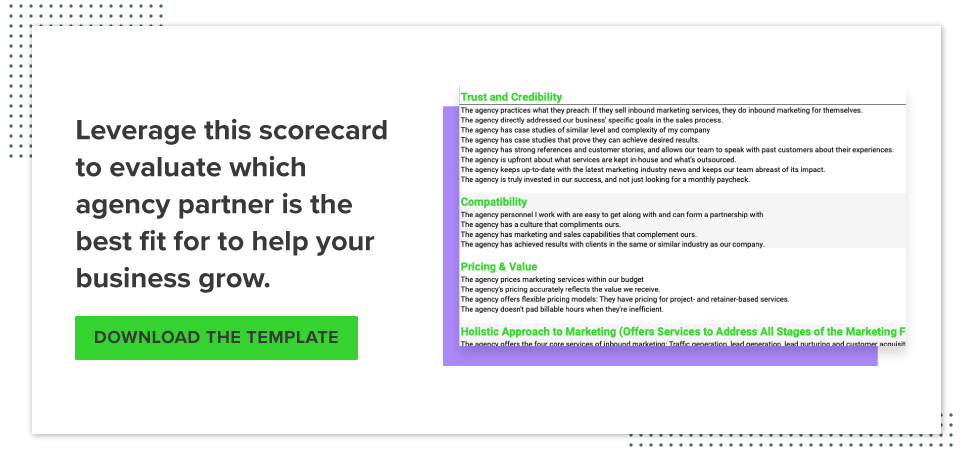Pwnie Express Experiences Lead and Demand Generation Success
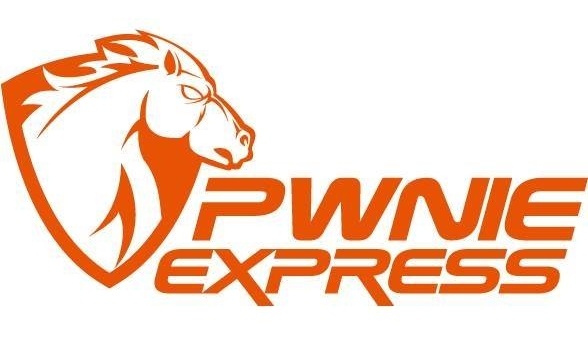
Pwnie Express is a cyber security company dedicated to closing the ever-increasing IoT security gap. Through their product, Pulse, they are able to provide threat detection of wireless and wired devices in and around your workplace in an effort to keep your company and customer data secure.
Pwnie Express began working with New Breed during Spring 2016 in an effort to strategically and technically build out marketing and sales processes and automation within HubSpot. They found themselves with a debilitating lack of visibility into the pipeline which led to a lack of adequate reporting and therefore no way to showcase marketing AND sales success to their board of directors. Read more about our initial engagement with Pwnie Express here.
After appropriately configuring their funnel, automation and reporting, we were able to focus more on generating demand and increasing qualified lead KPIs.
Their Challenge
Throughout our relationship, Pwnie has faced various challenges, but this particular story focuses on a micro component of the overall demand generation strategy. As the company continues to rapidly grow, they are finding themselves with a number of outbound marketing opportunities, such as television appearances, to take advantage of. A big challenge they faced with this opportunity is how to bring that outbound and inbound experience together in a cohesive manner for the prospect.
One instance, in particular, stands out for its level of both opportunity and challenge. In early May, Pwnie's in-house InfoSec ranger, Jayson Street, was set to be featured on an episode of National Geographic Channel's Breakthrough. Breakthrough is a critically acclaimed series for the National Geographic Channel with very high viewership; for Pwnie, this type of exposure is incredible. We wanted to fully capitalize on the opportunity and not only promote the episode on the website to drive visitors to watch live, but also capture visitors who may be coming to the site due to the episode.
Ultimately the goals for the Breakthrough episode were to:
- Promote the episode on the website in a way that puts the promotion front and center.
- Generate leads with the original source attributed to the episode.
Given these two major goals, we faced additional challenges in service delivery: lack of time and resources. We were given only a couple of hours to propose and implement a solution, as we were informed of the episode and its airdate — Tuesday evening — on that Monday morning. Additionally, we didn't have anything for visitors to convert on that would tag them as leads associated with the National Geographic Channel. We faced a seemingly impossible task head on and implemented a creative solution that yielded impressive results.
Our Process in Motion
With just one morning to turn around a demand generation strategy, we followed these steps:
- Identify the potential areas on the website for promotion
- Assess the options based on visibility, user experience and ease of implementation
- Determine the best option and identify the KPIs we can report on
- Determine the full strategy for promotion and lead capture
- Implement the solution
1. Identify the potential areas on the website for promotion
First we needed to figure out what our options were for promotion. We knew that we wanted to place it on the home page, but we needed to identify exactly where. We reviewed all of the different modules built on the HubSpot COS to understand the different elements that comprised each. We wanted to identify a placement that would be visible enough for site visitors yet didn't feel out of place on the home page.
Ultimately, we were left with three options for placement:
- Within the main hero banner
- As one of four 'cards' directly below the fold
- As one of three large CTAs directly above the footer
2. Assess the options based on visibility, user experience and ease of implementation
We critically assessed each of the three potential placement options based on the three requirements listed above: visibility, user experience and ease of implementation.
With our first option, adding to the main hero banner, we thought this placement would allow for high visibility as it would be the first thing you see when you hit the home page. It would also be incredibly easy for us to update, requiring zero development resources and therefore fewer touchpoints. But, at the end of the day, we didn't think it would allow for the best experience on the site. Despite the ideal placement, it would have potentially left visitors confused as to what Pwnie does and led to an increased bounce rate. We didn't want to make the wrong [first] impression for the 1,500+ visitors coming to the site every day. Through our assessment, we ditched this as an option.
With the second option, the card, visibility wasn't what we needed it to be, despite ease of implementation and alignment with user experience. We've since updated the Pwnie home page, but below you can see what these cards I'm referring to look like, and therefore can conclude how that placement would have caused the promotion to get lost in the noise of the other cards. This option was also retired and we forged ahead.
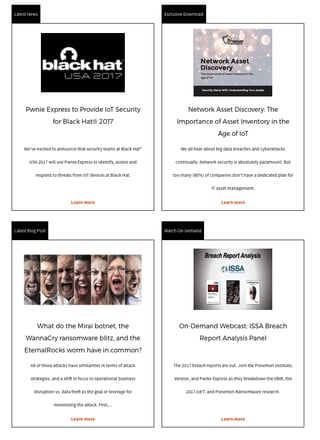
With the third option, visibility decreased even further due to position on the home page, but this section of the site is a global module; therefore an update on the homepage would have caused that update to occur across all pages using that module. This element made this placement a top contender, but upon further assessment we decided to also remove this as an option. These CTAs (also no longer on the updated home page) were text heavy and not visually enticing. (See below.) These design factors — on top of the fact that the placement is toward the bottom of the page — decreased visibility as well as weakened user experience. Because the site is built on the COS, ease of implementation would have been high because of the WYSIWYG editor, but this couldn't outweigh the other two factors.
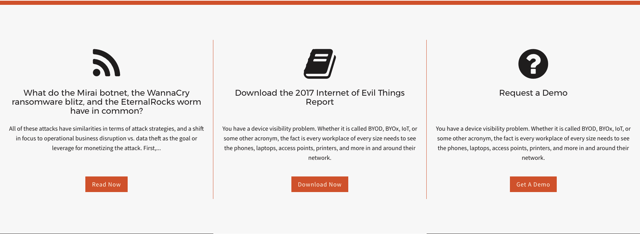
None of these options were ideal, so we had gone back to the drawing board when a lightbulb went off: LEAD FLOWS. We hadn't yet deployed a lead flow on the website. We determined that a lead flow not only met our top three requirements, but also allowed us to generate leads very easily. Two birds, one stone, problem solved.
3. Determine the best option and identify the KPIs we can report on
After we assessed our best options and removed them from further consideration, we explored the idea of lead flows. We then took lead flows through our assessment criteria. It was the winner. Additionally, by leveraging lead flows, we'd be able to generate leads in tandem with promoting the episode.
Once we determined this, we identified the success metrics we'd be able to report back to our client. Lead flows automatically tracks the top three KPIs we wanted to generate:
- views
- conversion rate
- net-new contacts gathered
Another component of our strategy included emails that drove to a video so we also wanted to report back on:
- open rate
- click-through rate
- video views
4. Determine the full strategy for promotion and lead capture
Next we needed to flesh out exactly how the lead flow would not only promote the episode but also generate leads. Because we didn't technically have a conversion point, we needed to get creative in our execution. We needed to identify:
- Conversion point
- Lead flow type
- Lead configuration
- Follow up post episode airing
Conversion Point
The whole point of lead flows is to capture leads with the lowest barrier to entry. Therefore, a form is involved and you have no option to remove that form. We decided to offer visitors access to exclusive content from Jayson Street following the episode airing. Thankfully, our client was putting together a recorded interview with Jayson specifically on his experience on Breakthrough that we leveraged as the "exclusive" content.
Lead Flow Type
We wanted the promotion of the episode to be front and center so we chose the pop-up box option, which meant we could trigger its appearance based on a delay OR when trying to exit the page. This gave us the confidence that anyone who visited the site during the following 36 hours would see the promotion about the episode as well as have the opportunity to convert.
Lead Configuration
With Pwnie, we have a specific lead configuration process we've created to ensure that all leads are appropriately tagged with lead source and source detail. Their HubSpot is also integrated with Salesforce, where they have adopted a strict use of the campaign tool. Therefore, we needed to create a workflow that automatically enrolled contacts who converted on the lead flow to get their lead source, source detail and Salesforce campaign ID set. This was critical because these are fields we leverage for reporting and understanding how marketing is contributing to the pipeline. These are also fields the sales team regularly references to gain a better understanding of the lead's interests and/or challenges.
Follow-up Post Episode Airing
Once the episode aired, we needed to make good on our promise and follow up with those that requested to receive exclusive content. We worked to identify the messaging for the email follow up and collaborated to get the interview over the finish line within 24 hours after the episode airing.
5. Implement the solution
Finally, it was time for implementation. We leveraged a variety of HubSpot tools to make it a reality:
- Lead flows
- Workflows
- Landing pages
We first created the lead flow. See below.
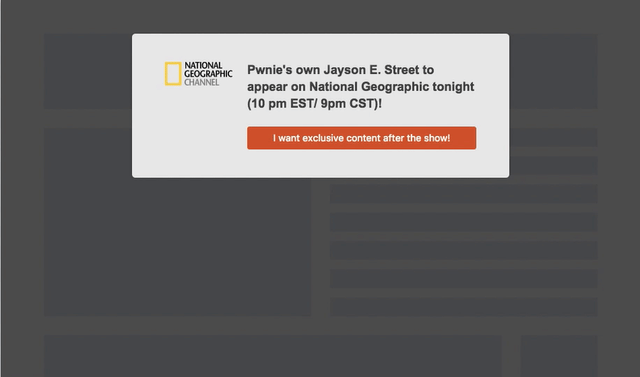
Then we set up the below workflow to configure leads correctly.
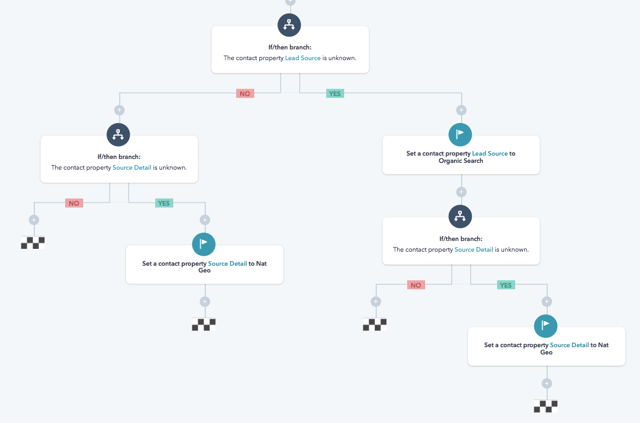
Finally, we created a landing page to house the video (exclusive content), and two different emails that drove to said page: one to those that signed up, and one to those who didn't.
The Results
Once all was said and done, the lead flow promoting the episode and access to exclusive content was only live for a total of 36 hours. In that short period of time, we were able to generate 2,262 views of the lead flow with a conversion rate of 4.69% for a total of 106 contacts gathered. Of those contacts, 40 were net-new.

In addition to the lead flow, we also sent out an email to the entire database promoting the episode and the exclusive content (not described above but another tactic we executed on to drive awareness around the show). See the email and form submission metrics below:


After the episode aired, we sent an email to all sign ups. It was sent to 136 contacts (62 contacts have converted on the lead flow and the landing page via the promotion email) and generated a whopping open rate of 56.7% and a click-through rate of 44.7%!
We also sent an email promoting the exclusive content to everyone in our database who didn't sign up for it. We didn't see as high of a success rate but still were able to generate a 20.3% open rate and 7.2% click-through rate.
From those email efforts alone, we generated 561 video views at a 71% view rate.
Overall, we saw a high success rate when it came to demand generation and lead engagement and exceeded our expectations given the short time frame to generate results.
The Impact
Through this project, Pwnie Express was able to generate the awareness needed and the leads desired while also expanding the use of the tools leveraged in HubSpot, identifying new ways to generate more leads, and bringing outbound and inbound together.
While these particular leads have yet to translate to marketing-generated pipeline, we now have a better understanding of how to appropriately nurture them based on what they've previously shown interest in. There is high potential with many of these leads and we're excited to see how they progress through the funnel.
The biggest impact of all was on Pwnie's relationship with New Breed. Pwnie Express had recently lost a marketing team member around the time of this project and was left strapped for resources. Despite being a partner for over a year, Pwnie hadn't leaned on our team for last-minute initiatives such as the National Geographic Channel episode promotion. Our ability to quickly deliver an effective strategy strengthened the relationship between both teams and has allowed us truly play the role as partner and an extension of their team. While Pwnie could count on us before, they now truly consider us a member of their team and can rely on us to meet their needs within the tight turnarounds they are occasionally faced with. This has created peace of mind for our main point of contact and lessened the burden of owning the entire company's marketing initiatives. See what our point of contact, Dimitri, has to say about his experience with us so far:
"When I joined Pwnie Express, I needed a marketing partner to support our lead generation, nurturing, and marketing operations activities. New Breed stood out not only because they are locally based, but also because they have extensive knowledge and expertise in the key components of our marketing and sales tech stack – HubSpot and Salesforce. They've been a huge asset to our team, from building a new sales-ready website to support us on all technical aspects of HubSpot and Salesforce. We are a fast growing startup in a highly competitive market, and New Breed ensures our marketing and sales automation is a sales accelerant, not a source of sales friction. I truly view New Breed as a co-pilot in all things marketing operations." ~ Dimitri Vlachos, VP of Marketing, Pwnie Express
Olivia Perek-Clark
Olivia Perek-Clark is New Breed's Principal Solutions Architect, leading the charge on designing customized solutions within the HubSpot ecosystem. With over 10 years of experience using the HubSpot platform to drive measurable revenue success, Olivia has a passion for sharing her knowledge and insights on how to...


